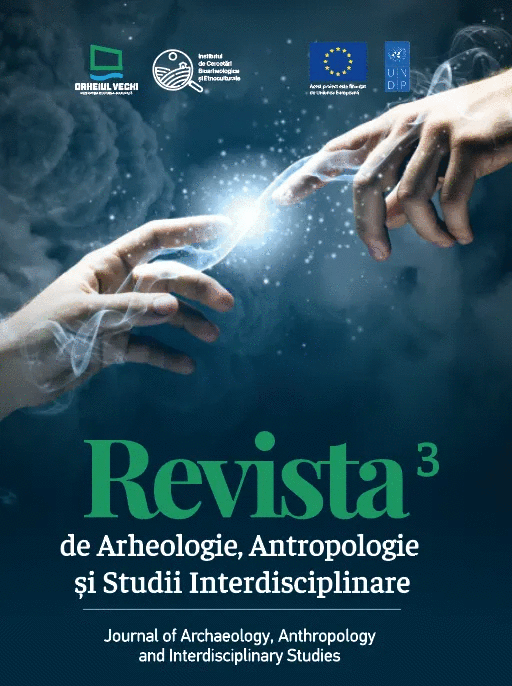O monedă de tip „Adâncata-Mânăstirea” descoperită în situl de la Letea Veche (judeţul Bacău, România)
A coin of “Adâncata-Mânăstirea” type discovered in the site of Letea Veche (Bacău County, Romania)
Author(s): Lucian Munteanu, Lăcrămioara-Elena IstinaSubject(s): History, Archaeology, Ancient World
Published by: Bons Offices – Casa Editorial-Poligrafică
Keywords: Letea Veche;rescue archaeological excavation;“Adâncata-Mânăstirea”-type coin;Geto-Dacian settlement;2nd-1st centuries BC;
Summary/Abstract: During the rescue archaeological excavation on the Bacău Highway, site No. 5 (Letea Veche, Bacău County, Romania), in 2019, a single-layered site was identified, dating from the Geto-Dacian period. Inside one of the investigated dwellings (feature 26) a Dacian silver coin was discovered, of the “Adâncata-Mânăstirea” type, series III (in the classification made by C. Preda). Coins of this type belong to the second phase of the imitative coinage of Greek-Macedonian type from pre-Roman Dacia (“Geto-Dacian coinage”), being dated between 150-120 BC. Their main area of distribution includes the eastern part of Oltenia and the west of Muntenia. On the territory of Moldova, “Adâncata-Mânăstirea” type coins are very scarce. Only two such coins were discovered, in an archaeological context, in the dava from Poiana (Galați County). Two other similar issues were found, by chance, in Odobasca (VranceaCounty) and Turturești (Neamț County). The discovery of an “Adâncata-Mânăstirea”-type coin in a settlement of the Eastern Getae from the area of the middle Siret is, undoubtedly, a remarkable fact. This fact shows that connections of various natures existed among the local population from the different parts of Pre-Roman Dacia.
Journal: Revista de Arheologie, Antropologie și Studii Interdisciplinare
- Issue Year: 3/2021
- Issue No: 1
- Page Range: 273-282
- Page Count: 10
- Language: Romanian

